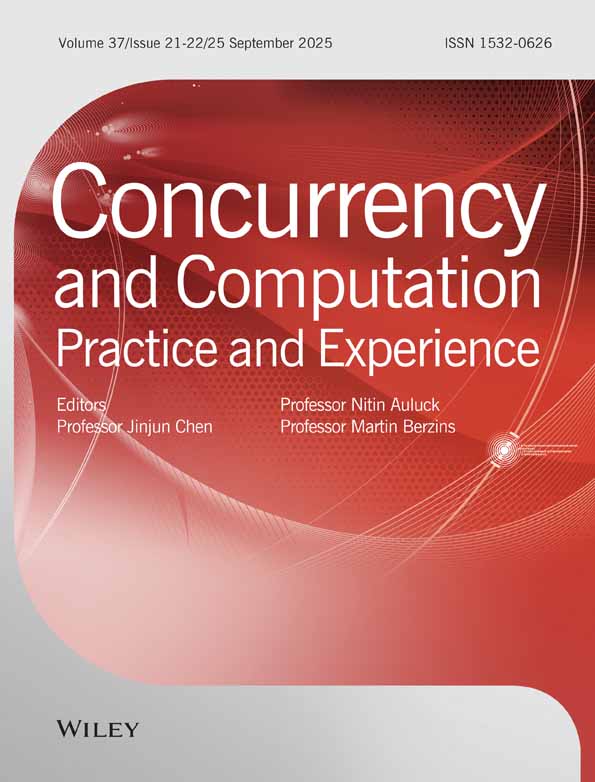Using a virtual machine to protect sensitive Grid resources
Abstract
Most Grid systems rely on their operating systems (OSs) to protect their sensitive files and networks. Unfortunately, modern OSs are very complex and it is difficult to completely avoid intrusions. Once intruders compromise the OS and gain system privilege, they can easily disable or bypass the OS security protections. This paper proposes a secure virtual Grid system, SVGrid, to protect sensitive system resources. SVGrid works by isolating Grid applications in Grid virtual machines. The Grid virtual machines' filesystem and network services are moved into a dedicated monitor virtual machine. All file and network accesses are forced to go through this monitor virtual machine, where SVGrid checks request parameters and only accepts the requests that comply with security rules. Because SVGrid enforces security policy in the isolated monitor virtual machine, it can continue to protect sensitive files and networks even if a Grid virtual machine is compromised. We tested SVGrid against attacks on Grid virtual machines. SVGrid was able to prevent all of them from accessing files and networks maliciously. We also evaluated the performance of SVGrid and found that performance cost was reasonable considering the security benefits of SVGrid. Furthermore, the experimental results show that the virtual remote procedure call mechanism proposed in this paper significantly improves system performance. Copyright © 2006 John Wiley & Sons, Ltd.




